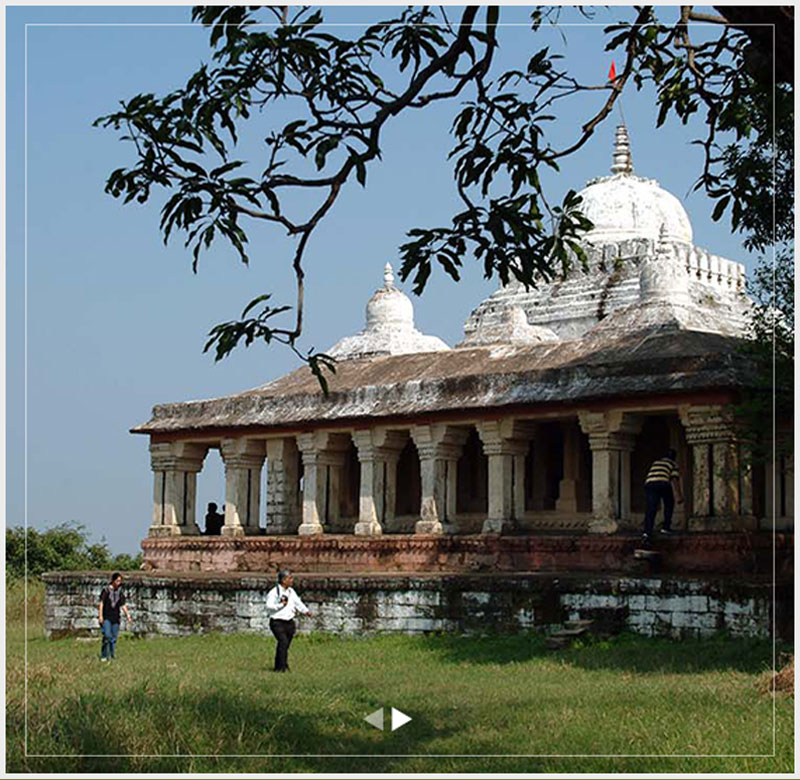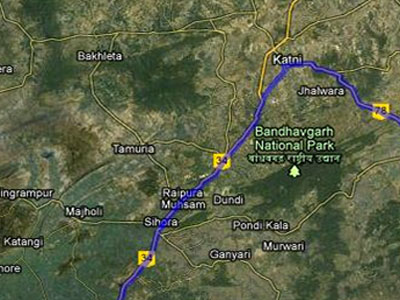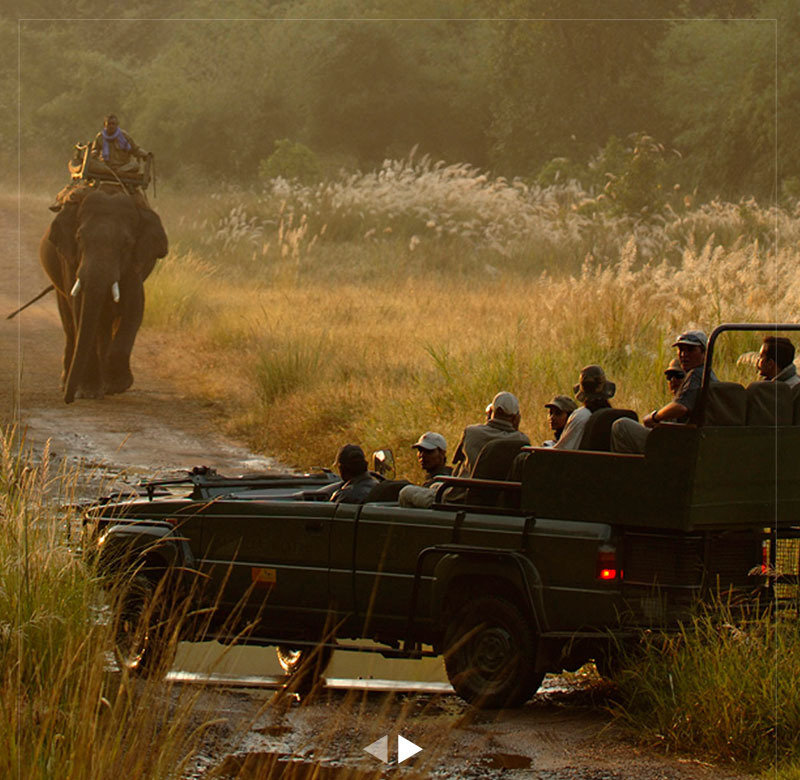A fragile ecosystem with thorny brush, shrub, and indigenous tree cover, Sariska is a lesser known pocket of wildlife in the Aravalli mountains in eastern Rajasthan. Acacia, Ficus and Bamboo are among the more commonly found flora which flourish here, and the park is home to a diverse array of animals including feline predators, herbivores, and a vast array of birds. Sariska came into the spotlight when the authorities learned that the entire tiger population had been poached to extinction. Over the last ten years, several relocation efforts from nearby Ranthambore have given the tigers a new lease on life in Sariska and a new generation has been born. Tigers compete for territory with leopards and several other species, to create a fascinating pool of biodiversity.

Sariska is in east Rajasthan, between Jaipur and Delhi.

Topography: Nestled amid the peaks of the Aravalli mountain range, the forest is full of scrub, shrubs and indigenous trees.
In Season: Sariska is open from 1st October till 30th June.
Sariska is the first park in the world to have successfully relocated the tiger. Today a new generation of tiger cubs exist and conservationists believe that it will kick-start a new population.
While the tiger has been Sariska’s poster child, several other carnivores inhabit the forest, including leopards, which can be found in larger numbers. Mongooses, jackals, hyenas and foxes are quite commonly found. Birds of prey, particularly fish-eating owls and eagles, are drawn to the piscine prey-base that can be found around Siliserh Lake, within the park. Sariska is also one of the few parks where one can see the rare Asiatic Cariacal. This unusual species of feline is extremely elusive and only sighted infrequently. Sariska is also home to several birds of prey such as owls, falcons and eagles.
Sariska is home to a large prey-base of Sambhar and Chital (spotted deer), as well as Nilgai (Blue bull) and less often, the chaurasingha (four horned antelope). Other herbivores include porcupines, monitor lizards, and wild boar.
Sariska is home to several beautiful and rare birds. Siliserh Lake, situated inside the park, is the perfect wetland habitat for several waterfowl and wild resident and migratory birds. While babblers, parakeets, and grouse are common and plentiful, rarer species of crane, owl, and goose are spotted here – particularly in the winter months.
The nearest airport is at:
The nearest railway stations are at:

Game Drives – Shared or private jeep game drives are available

Boat Safaris – boat rides on Lake Siliserh are a great way to explore the wetland wildlife.

While Sariska is open year round, the best time to visit are October to April. Migratory birds are best viewed during December, January and February.
Like much of north India, Sariska experiences extremes in climate. Winters can get as cold as 5 degrees centigrade (in the 20s in Fahrenheit) while summers can get as hot as 45-50 degrees centigrade (over 100 degrees in Fahrenheit). The rains are not heavy in Sariska, which make it accessible even during the monsoon season.
Amanbagh:
what we love… what’s not to love about this haven? Amanbagh is an absolute oasis of peace, tranquility and sanctity situated within easy reach of this beautiful forest.
Vanashraya :
what we love…accommodations in deluxe tents give it a great blend of rustic charm and comfort.
Tiger Heaven :
what we love…it’s proximity to the park entrance.
Tiger sightings are not as good as Ranthambhore, but one can see the rest of the wildlife and do birding as well. There is a temple inside the forest which attracts pilgrims on Tuesdays, so the parks is best avoided on this day.